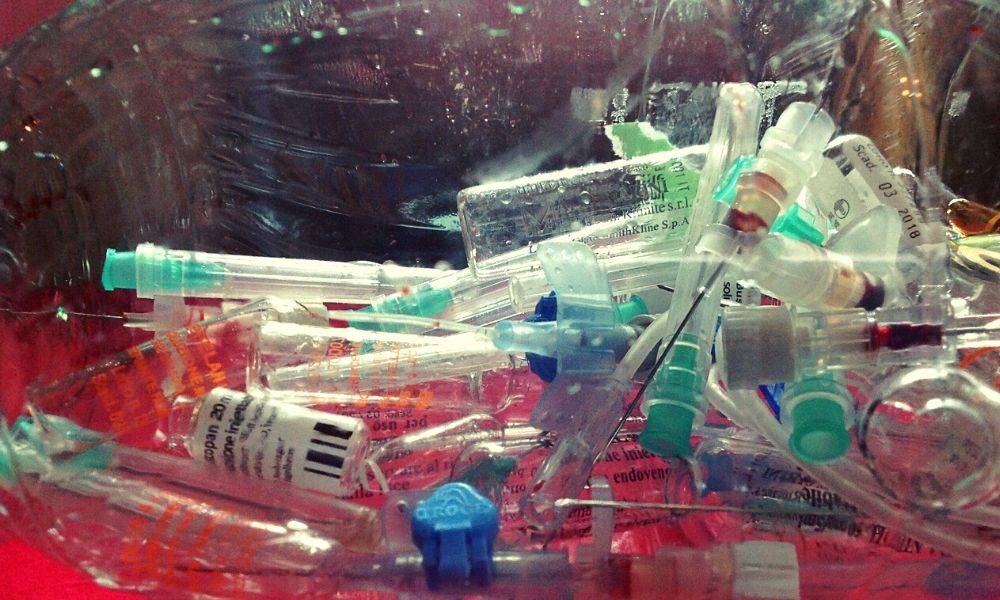
Image Credit: Pixabay
Worsening Crisis: 45,308 Tonnes Of Biomedical Waste Generated In Last One Year In India
Writer: Madhusree Goswami
A mountain girl trying to make it big in the city. She loves to travel and explore and hence keen on doing on-ground stories. Giving the crux of the matter through her editing skills is her way to pay back the journalism its due credit.
India, 14 Jun 2021 3:59 AM GMT | Updated 14 Jun 2021 4:00 AM GMT
Editor : Palak Agrawal |
Palak a journalism graduate believes in simplifying the complicated and writing about the extraordinary lives of ordinary people. She calls herself a " hodophile" or in layman words- a person who loves to travel.
Creatives : Madhusree Goswami
A mountain girl trying to make it big in the city. She loves to travel and explore and hence keen on doing on-ground stories. Giving the crux of the matter through her editing skills is her way to pay back the journalism its due credit.
Between June 2020 and May 10, 2021, India produced 45,308 tonnes of COVID biomedical waste. And it's not just hospitals contributing to it as considerable waste is also being generated from individual households.
A big challenge the COVID-19 pandemic has posed is the generation of biomedical waste (BMW). A report by the New Indian Express has pegged a nearly 50 per cent increase in COVID-related waste in just April-May this year.
According to the Central Pollution Control Board (CPCB), the average quantity of waste generated during May 2021 was about 203 tonnes per day (TPD) which amounted to roughly 33 percent of the country's COVID waste.
The states that have generated the most waste are Kerala, Gujarat, Maharashtra, Delhi, and Karnataka.
17% Increase In Biomedical Waste Due To Pandemic
The country is generating nearly 140 tonnes of biomedical waste every day. Between June 2020 and May 10, 2021, India produced 45,308 tonnes of COVID biomedical waste. This is in addition to the 615 tonnes of biomedical waste a day being produced before COVID, the pollution control board's data showed, reported Hindustan Times.
This is an increase of almost 17% in biomedical waste generation solely because of the pandemic.
The problem is not limited to waste from just hospitals and health centres. A lot of biomedical waste like facemasks, PPE kits are being generated from individual households and are contributing to the problem. This waste eventually ends up in ecosystems disrupting their natural habitat.
Additionally, plastic packaging from the home delivery services that people are availing for both essential and non-essential services is adding to the plastic menace.
Waste Disposal Mechanism
Biomedical waste is segregated into four categories- yellow (highly infectious waste such as human, animal, anatomical, soiled), red (contaminated recyclable waste generated from disposable items like tubing, bottles tubes, syringes), white (waste sharps, including needles, syringes with fixed needles), and blue (broken or discarded and contaminated glassware, including medicine vials). However, all COVID waste, irrespective of content is considered potentially infectious, is tagged yellow and incinerated.
Since biomedical waste contains highly toxic content, it can pose a severe threat to human health.
Also Read: Soon, Drones To Power Vaccine Delivery To Remote Areas
 All section
All section














